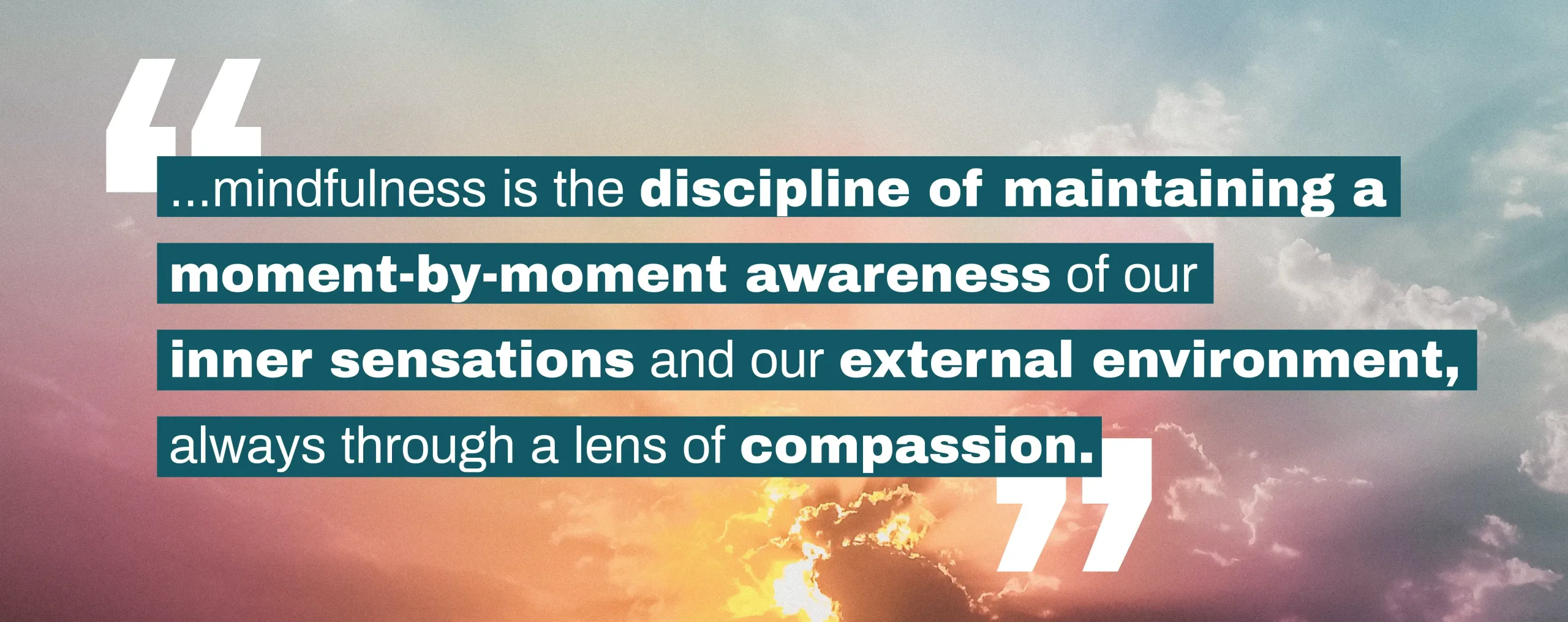While it can be agreed the benefits of yoga are plentiful, the consumption of yoga has much to be said for. From its commercialization–overpriced pants, the cringeworthy denominalizations of ‘namaste’ printed onto merch–to inaccessible retreats, ranging from Wanderlust to the Goop Wellness Summit, the yoga community has gone from being a holistic movement to an oversaturated market of wellness junkies. There isn’t anything more rewarding than a deep stretch. But before we exhale and continue with our practice, shouldn’t we ask: What has this all turned into?
No longer under the obscurity of New Age practices, yoga has gained relevance in both the wellness and healthcare industry from the early 2000s until now. Today, your therapist, cardiologist, and Monday night yoga instructor can tell you the many benefits of yoga: stress relief, heart health, lowering blood pressure, reducing chronic pain, improving sleep, the list is endless. While this is a milestone for wellness in a general sense, capitalism has always found its way of turning a good thing into a consumer demand.

The benefits of yoga can’t exist alone in a consumer market. The marketing of gear has us believing the high-end price tags have an equally high return on investment. The hundred-dollar Lululemon pants are an investment in your practice with the return of non-wicking fabric. The $3,000 wellness retreat to Bali is an investment on your wellness journey with the return of a community of like-minded individuals. The witty labeling of “namaste in bed” on a coffee mug is an investment on your daily affirmations with the return of an (albeit false) sense of gratitude. Put into context, all of the above does more harm than good. There’s an enormous amount of insensitivity in the ancient Hindu greeting meaning “the god in me bows to the god in you,” which, when in the appropriated context to “stay in bed” ceases to make sense. The high price of activewear and yoga retreats makes the pursuit of wellness one of privilege. It becomes further out of reach to people who could greatly benefit from yoga: people of lower means who’ve experienced trauma, are in recovery, or are dealing with depression, body image issues, or identity crisis.
According to The Good Body, there are an estimated 300 million yoga practitioners worldwide. The worldwide yoga industry is worth $80 billion, and Americans spend $16 billion on yoga classes and equipment each year. Needless to say, the exploitation of wellness hasn’t gone unnoticed. While certain brands continue to prioritize their bottom line, others have become more sensitive. In July 2020, the brand Sweaty Betty announced they would no longer use appropriated words in the names of their activewear as they “felt it was inappropriate to sell products using these culturally important words.” Items like the Simhasana Sweatshirt were changed to the After Class Sweatshirt (the price remains unchanged). This move was met with much praise along with the glass-half-full notion that commercialization has inspired a collective consciousness towards a healthy lifestyle. However, only the sexy parts of yoga continue to be curated into culture and profit margins continue to increase.
Always mentioned in the same breath as yoga but often glossed over is the term “Mindfulness.” Having made an impressive uptick in its progress for more than a decade, mindfulness is the discipline of maintaining a moment-by-moment awareness of our inner sensations and our external environment, always through a lens of compassion. The psychologist Scott Bishop describes mindfulness as something to be “acknowledged and accepted as it is,” which, even to experts, is much easier said than done.

While absconding off to an ashram or denouncing yoga altogether are not the answer, there is a way to activate mindfulness and avoid all the hype. Practicing yoga authentically can begin with understanding its roots. Yoga instructors in training usually are taught the 8 Limbs of Yoga: Yama, Niyama, Asana, Pranayama, Pratyahara, Dharana, Dhyana, and Samadhi. Composed by the ancient Indian sage Patañjali, a seminal figure in yoga, each “limb” is what keeps us accountable and mindful in our yoga practice.
The first limb is “Yama,” which are our attitudes toward our external environment. Posing as social observances, there are 5 yamas that help to guide our behavior in our daily lives:
1. Ahimsa – non-violence.
2. Satya – honesty or truthfulness.
3. Asteya – not stealing.
4. Brahmacarya – controlling of sexual energy in order to follow the higher pursuit of yoga.
5. Aparigraha – means non-grasping.
Patañjali would refer to these yamas as “the great observance” when all five are harmonious with one another.
The second limb is “Niyama,” which are the inner-attitudes toward ourselves. Niyama also includes 5 parts:
1. Śauca – internal, external, and mental cleanliness
2. Saṃtoṣa – gratitude towards the present.
3. Tapas – the “heat” signifying our integrity to our yoga practices.
4. Svādhyāya – meaning “self study” signifying the dlligince of a student with the lessons given by your teacher.
5. Īśvarapraṇidhāna – a deference to a higher power and depositing oneself into the “Īśvara,” the supreme soul.
The third limb is “Asana,” the awareness of our physical postures. This limb asks that we not push the limits of our body’s capabilities. This is a very important limb to remember during inversions: the person next to you in an effortless headstand has nothing to do with your yoga journey.
Fourth is “Pranayama,” the bandwidth of our breath. There are thousands of different prāṇāyāmas that are breathing techniques but it’s important to have a full awareness of one’s Asana before exploring the many forms of breathing. This requires a certain level of humility in our understanding of our body’s limits.
The fifth limb, “Pratyahara,” is one of the most challenging limbs in today’s overstimulating world, as it involves shutting out distractions provided by our senses and turning it into introspection.
The last three are “Dharana,” our deep concentration on our breath and stillness, “Dhyana” which directly translates to “meditation,” and finally, the eighth limb is “Samadhi,” the complete integration of all 8 limbs.
We can only hope that the globalization of appropriated yoga will reduce over time. Keying in mindfulness along with the 8 limbs can inspire peaceful forms of activism to decolonize the wellness market. While glamorous retreats to Bali still remain tantamount to joining a golf club, virtual yoga communities have shown a resistance to this as they continue to expand inclusively. Yoga instructors like Jessamyn Stanley, founder of Underbelly Yoga, have set their focus towards self acceptance and body diversity. Nonprofit organizations like Roots2Rise in Philadelphia, hosts affordable yoga classes for all income levels.
Our eagerness to get well is rarely ever met with patience; there will always be a necessity for wellness training wheels. Before landing on guilt, or even worse cynicism, it’s situations like this where keying into mindfulness is most useful. After all, it’s important to stay motivated (think: Just Do It.) Daily affirmations and yoga gear are equally valuable as tools are to a skilled craftsman. But eventually tools rust and it’s our inherent integrity that endures. So as you inhale into your next pose, remember that all the objects you see as part of your practice—your activewear, the mat you are on, the class you’ve enrolled in—are simply part of the moment. That way on your next exhale, you can (as many Buddha-printed water bottles would say) let that shit go.





